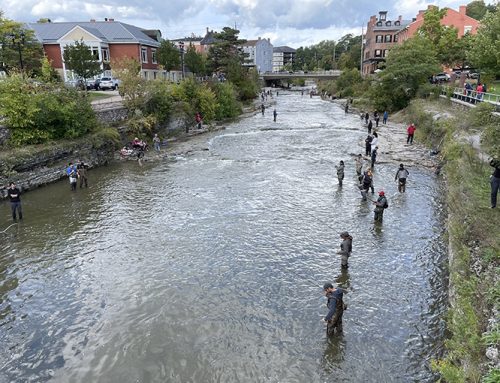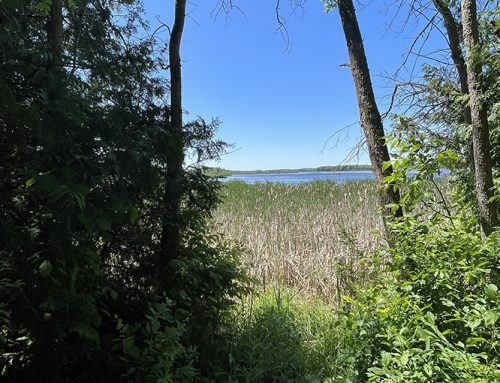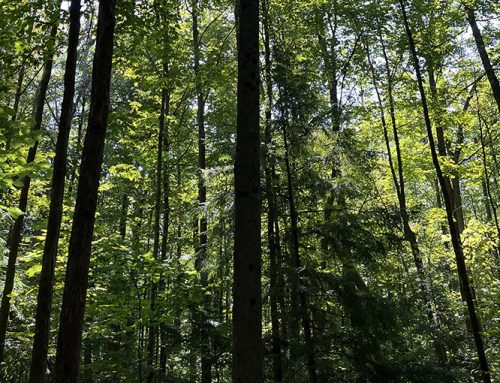
A warmer-than-normal winter has resulted in less ice cover on the Great Lakes, which could have an impact on fish spawning.
As of Feb. 1, the ice cover on the Great Lakes was only 13%, down from the normal average of 33% for the beginning of February. The week of Feb. 12 to 19 had only 6.8% cover, far below the average of 40%.
“This is significant as ice coverage on the Great Lakes is usually close to its peak at this time of year,” Canadian Ice Service Meteorologist George Karaganis said. “Therefore, even if we get more cold weather later in March as is expected, the trend is for ice to be declining at that time of year.”
Great Lakes ice
Looking at individual lakes, the difference was the most dramatic on Lake Erie, which had only 13% at the beginning of February that compares to an average of 55%. At the beginning of February, Lake Ontario had 3% compared to an average of 16%, Lake Superior had 10% compared to an average of 28%, and Lake Huron had an average of 13% compared to an average of 36%.
“Diminishing ice cover won’t help walleye and yellow perch numbers. Both species require three to five months of sustained cold temperatures for adequate reproductive growth,” OFAH Fisheries Biologist Adam Weir said.
“Winters that are characterized by a short cold period and are, on average, much warmer can lead to suboptimal reproductive development – for example poor ovary growth, decreased egg size, reabsorption of the eggs, higher egg mortality, etc.,” he said. “Thus, ice cover and the relationship to climate change has strong connections to significant negative impacts related to reproductive success in some walleye and yellow perch populations.”
Total Allowable Catch
In related news, the Lake Erie Committee of the Great Lakes Fishery Commission, cut the Total Allowable Catch (TAC) for both walleye and perch for 2023. The TAC is the lake-wide number that fisheries managers in Ontario and Lake Erie states use to set their limits and quota. It’s based on estimated fish populations with a goal of maintaining a sustainable harvest. In Ontario, the recreational limits don’t change in relation to the TAC, but the commercial fishing quota does.
The perch TAC, which is set in pounds, was cut nine per cent to 6.573 million pounds. Poor recruitment of perch in the central basin was cited as the reason for the reduction.
Walleye TAC, which is set in fish numbers, was cut seven per cent to 14.533 million fish. Fisheries managers believe the number of fish has increased from last year, but the size is smaller, resulting in a smaller walleye biomass in the lake.






Leave A Comment